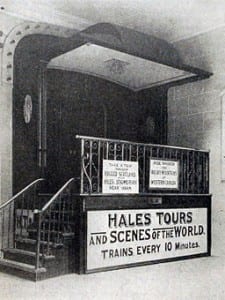The Great Grant Knit-a-Thon
By Siobhan Pipa, on 5 June 2015
I’ve always wanted to learn how to knit. Unfortunately a lack of hand-eye coordination and a short attention span mean that it’s a skill I’ve never quite mastered. I also really like quirky museums. So naturally the Grant Knit-a-Thon, organised by the UCL Grant Museum of Zoology as part of this year’s UCL Festival of the Arts, seemed like the perfect event to me.
Teaming up with East London yarning collective, Prick Your Finger, the Grant Museum offered novices and experts alike a day of knitting, crocheting and stitching – all whilst giving us the chance to explore the museum’s current exhibition ‘Strange Creatures: The art of unknown animals’.
The knit-a-thon was inspired by one of the pieces currently on display in ‘Strange Creatures’ – Ruth Marshall’s knitted Tasmanian Tiger skin. The knitted pelt was chosen for inclusion in the exhibition by Sarah Wade (UCL History of Art), co-curator of ‘Strange Creatures’.
As part of the knit-a-thon activities, Sarah gave a fascinating talk on how natural history museums use contemporary art and craft to engage with visitors.
 Close
Close





